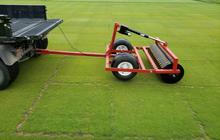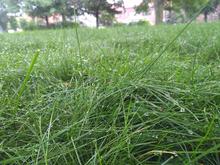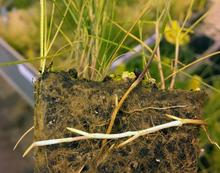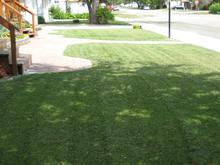Evaluating fine fescues for golf greens in cold climates
By Gary Deters and Eric Watkins, University of Minnesota
For a golf course superintendent, managing creeping bentgrass/annual bluegrass putting greens on a daily, monthly, and yearly basis is always a challenge. The goal, regardless of turfgrass species, is to manage the turf to be as healthy as possible while the greens are subjected to daily play from golfers. Cultural practices, nutrition, and water management are important to the success of the golf course playability and overall health of the turf.



